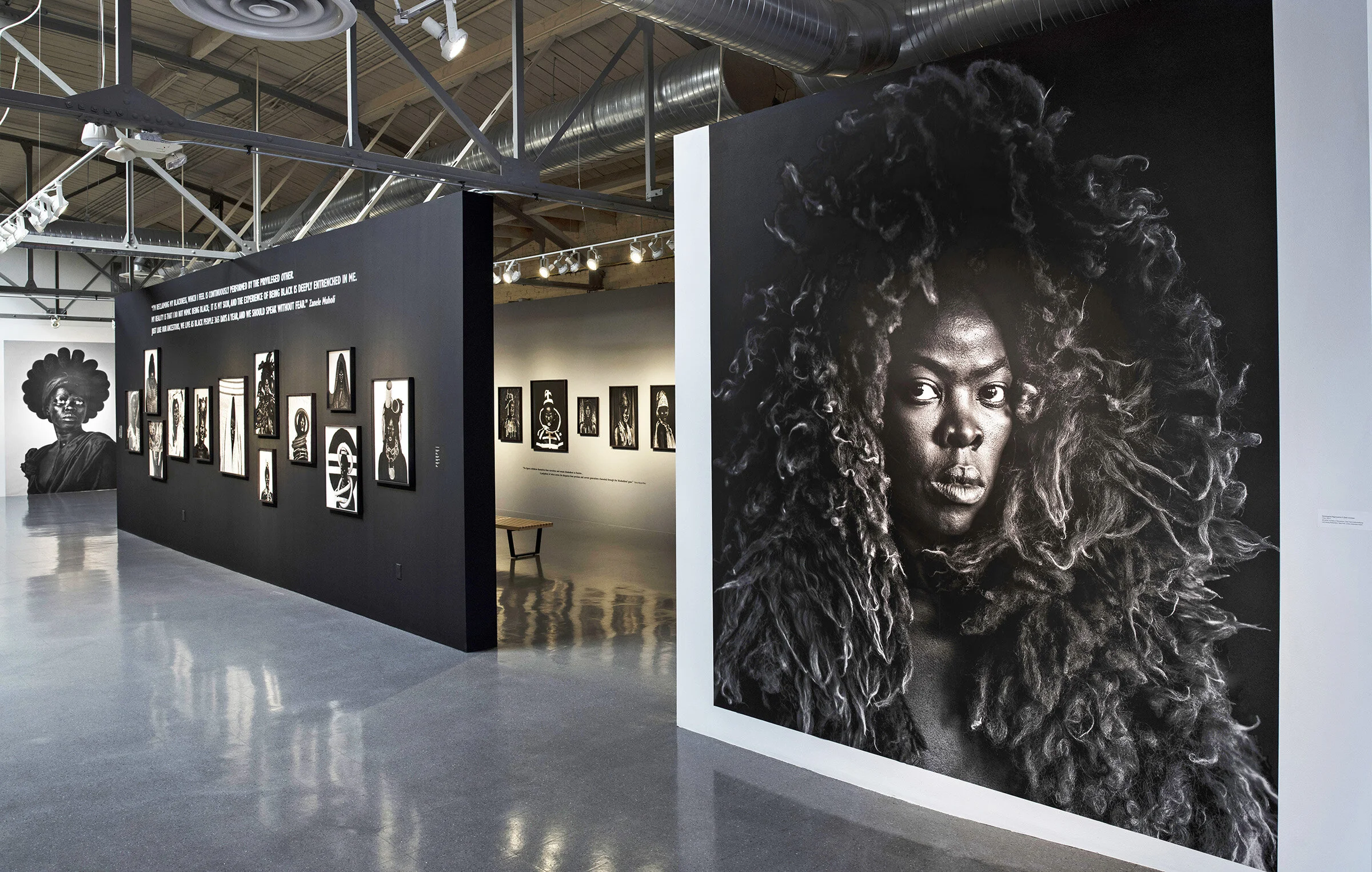This group exhibition, currently on view at Artworks Center for Contemporary Art in Loveland until July 31, features work by Tiffany Danielle Elliott, May Kytonen, Cicelia Ross-Gotta, and Connor Walden. By coupling textiles with technology, Interfacing With Missed Connections brings tangibility back to our increasingly digital interactions. Most notably, the exhibition reminds viewers that human contact is thickly layered with meaning and identity, and that we inevitably work through the histories of our own missed connections in all of our most vulnerable communications.
Welcome to DARIA: Denver Art Review, Inquiry, and Analysis, a publication devoted to art writing and criticism focused on the Denver-area visual art scene. DARIA seeks to promote diverse voices and artists while fostering critical dialogue around art.





















